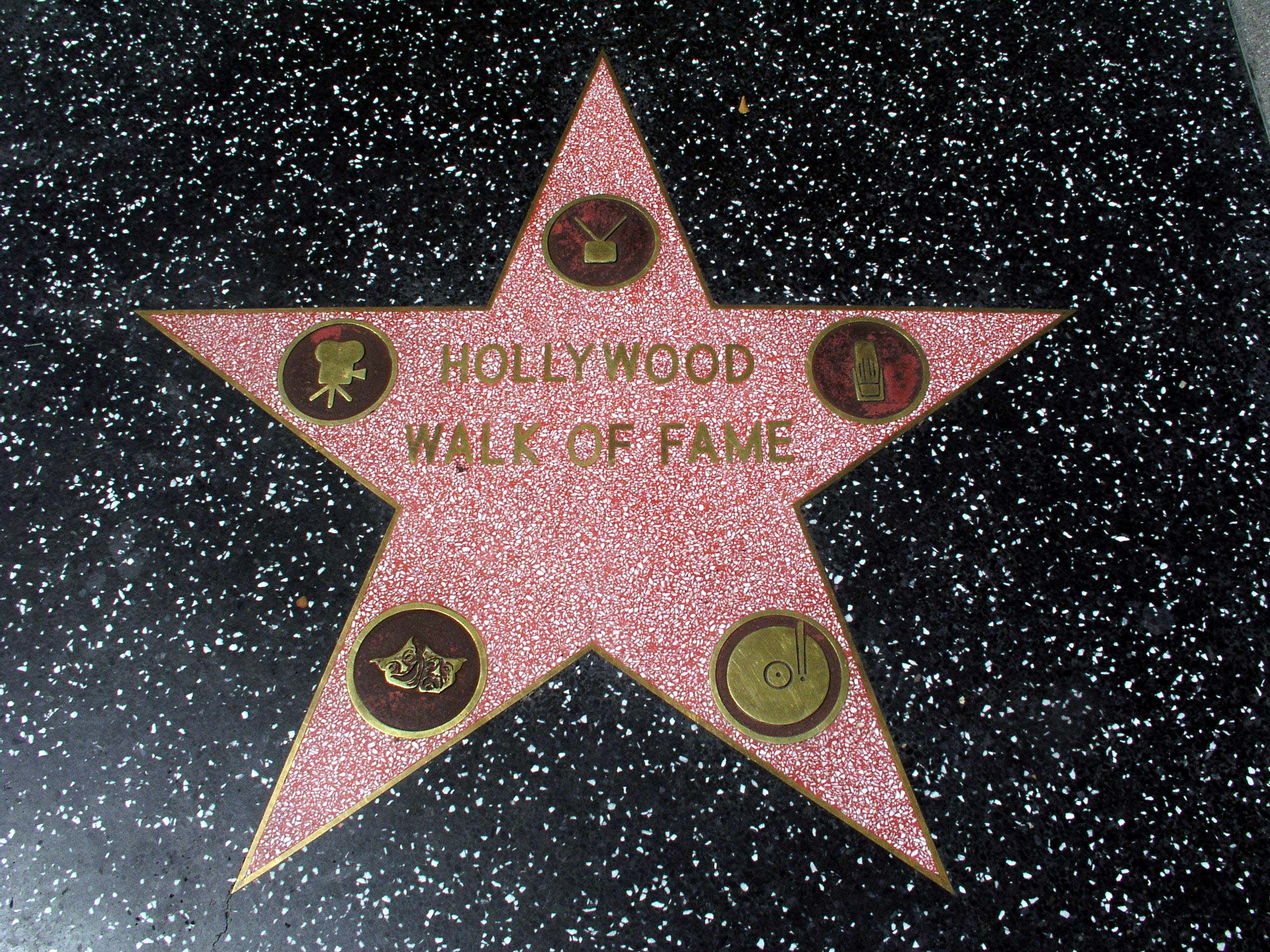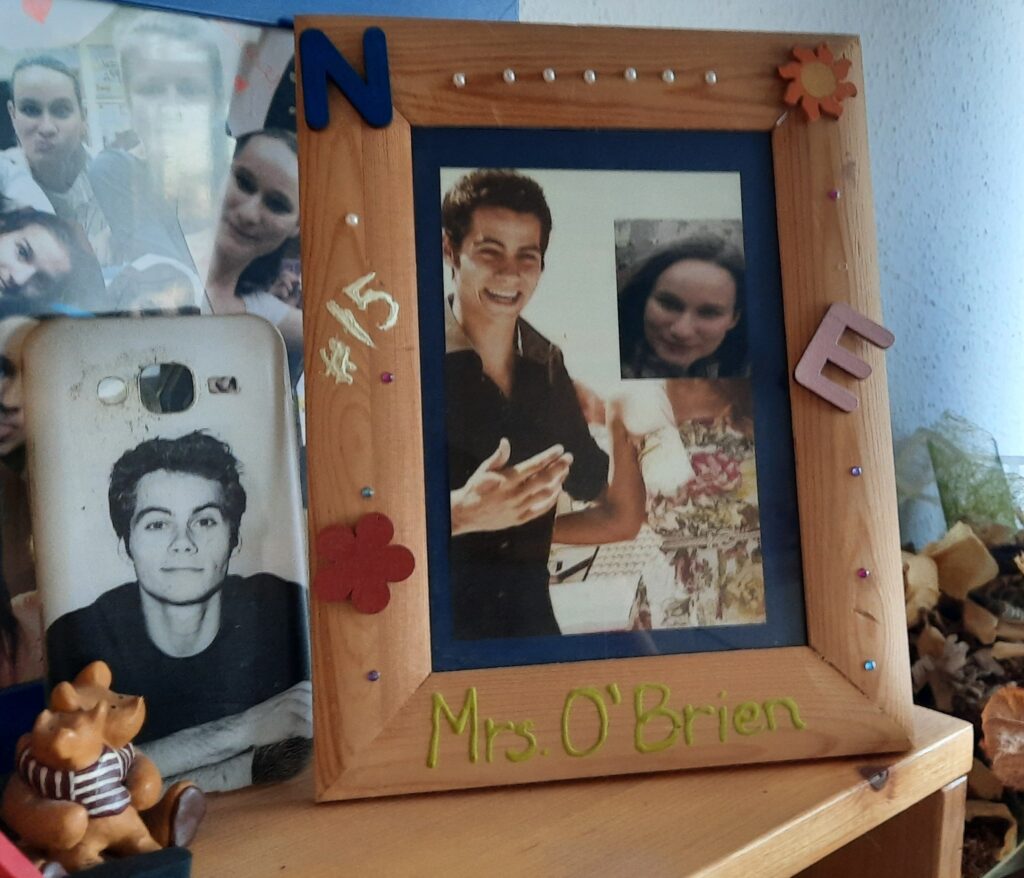The Anatomy of a Celebrity Crush
by: Nóra Kardos

There are numerous directions one can go in when exploring the realm of beauty and art. The amounts of literature there is on the connection of the two is unlimited. Philosophers like Aristotle, Hegel, Kant, etc. have been discussing the idea of beauty in art for centuries. When I think about the topic today, however, my mind does not automatically jump to concrete artworks. On the contrary, I think about the artist’s appearance and persona more than the art they produce. In the contemporary culture industry, the audience’s focus is forcefully shifted onto the makers and performers rather than the quality of the art they produce. Artists become celebrities which is the product of pop culture.
Especially through social media, the boundaries between different public figures are being blurred. Heads of the monarchy become celebrities and celebrities are treated as royals of Hollywood. The audience takes the position of the commoners. Before the wave of influencers on social media appeared, the audience, more specifically those with no right tools or network to reach out to the celebrity in question, only had the opportunity to admire or critique them from afar. The gap between spectator and performer could be so wide the only relationship one could develop with their desired celebrity is a platonic one. This strong and constant connection from the audience member’s side towards the celebrity can be identified as a para-social relationship, which one could call a celebrity crush.
“A para-social relationship involves feelings of imagined intimacy or friendship with a media persona – whether actual or fictional – that develops in a purely symbolic capacity via the mass media.” That is how Dara Greenwood, social and personality psychologist describes the platonic nature of falling for a mass media persona, aka a celebrity. Today’s Hollywood is built around the fanbases and their demands, playing with the reactions a person or an artistic product can trigger in them. The concept of fangirling comes from ridiculing the level of idealization a girl can develop for a desired celebrity and is also the one that grew to be used vernacularly over its opposite. Consequently, the term also embodies a sexist connotation since it carries the prejudice of solely girls developing a platonic crush that powerful. Ironically when researching the origin of the term ‘fangirling’ I stumbled upon the following information: “The word ‘fangirl’ is first recorded in 1934, in a novel by humourist A. P. Herbert called Holy Deadlock. ‘Fanboy’ is found as early as 1919…”. Who would have thought these terms date back to the beginning of the 20th century? And that it was first based on boys’ idealization and not the other way around?
A celebrity crush can develop on several grounds. One can easily feel socially incapable or awkward to form real-life relationships, so they find their comfort in a hypothetical one. It is interesting to note that the idea of platonic love is not new. It originates from the Ancient Greek philosopher Plato, who described an idea of love that is solely based on affection and emotional longing and sexual desire is not wanted from either party. As in this case there is no response from the admired one that could shape this relationship, imagination can develop the connection in any direction.

Very often commoners reflect their own values, morals, or personal issues onto a famous person who they can only see on the screen, on social media or a magazine. It can go as far as calling a celebrity one’s boyfriend/girlfriend/partner, making themselves emotionally unavailable for others, meaning that the one developing the strong crush thinks of themselves as taken just as if they would be in an actual relationship. That aspect fills in the emptiness of missing or not wanting a real-life partner who could do the same for them. Nothing is expected to be reciprocated so it is a win-win situation for the person who developed a crush that strong.
Crushes can also be fuelled by a search for inspiration. Through social media it is so easy to feel like the celebrity in question is talking to you. Their posts look the same as anybody else’s. They can share as much of their regular life as the professional one. It is a basic human need to feel like we are not alone. So, it is no surprise that the first thing one can look for in a celebrity is relatability. Finding out a famous person shares the same interests as you, can be encouraging in the persuasion of that interest. Seeing someone you admire and respect supporting the same cause as you do, can be reassuring and even more so motivating to stay active in that regard. By doing so, you can also feel closer to your desired person since you are aware of an important factor that you both share.
Last but not least: looks. The ideal human body and appearance have mostly been reflected by the contemporary celebrity in the past century. It is not just the chivalrous deeds of a knight in shining armour but the hair, the smirk instead of a smile and the six to fourteen bouillon cubes on a male celebrity’s torso that can spark a long-lasting platonic relationship (same goes for the female body just with different specificities). Anyone under the spell of a celebrity crush can take the male or female gaze to the next level, meaning that a celebrity is most commonly objectified. I would bet that four out of five individuals have put on or hidden a poster of a star of their likeness at one point in time.


Even though everyone knows there is no such thing as perfection (cliché, I know), it can be still satisfying to be looking at a poster on the wall and pretend you’re looking at a version of yourself or of whom you desire. Celebrities are unreachable not just because of their lack of reciprocity but also because of the high body ideals they represent. Many times, the idealization of ‘beautiful’ celebrities creates unhealthy expectations that hinder people’s relationship with themselves and the others. Even though gushing over somebody attractive is healthy and can be an entertaining experience, long-lasting hard crushes are likely to steer a person’s taste in their ideal love interest so much that it can become harmful.
I have also fallen into the trap of developing a celebrity crush so intense. Unfortunately, my Instagram discovery feed is up to this day filled with that person’s pictures and videos. Not because I do not find Dylan O’Brien attractive anymore, but it has been a while since I was fifteen. Phases come and go.
I did not use beauty in the classical sense. Since even in the contemporary culture industry there is no set recipe for beauty, but possible paths celebrities can choose to follow, it is very subjective what grounds one’s crush is based on. It is, however, impressive how the industry is capable of treating an artist as separate from their art as possible. Some artworks are known better for the artists who made it than for any of the actual artistic value it beholds. The question mostly is not if the art is beautiful anymore, it can be of quality anyways, but if the artist, who made that art, can show a new side of beauty and add it to the face of the pop culture world for fans to crush on.
Designed by: Nina Gueorguieva
Do you want to double-check the information you just received? Here are the sources the writer used.